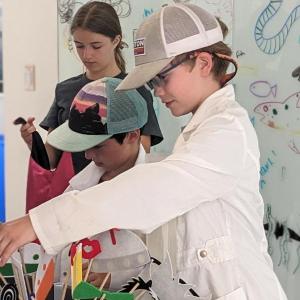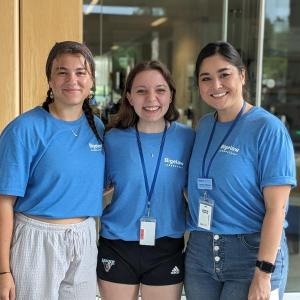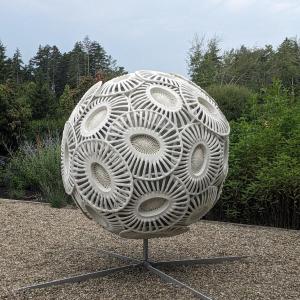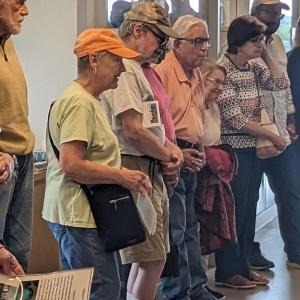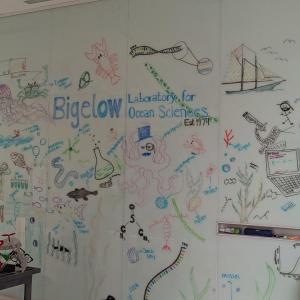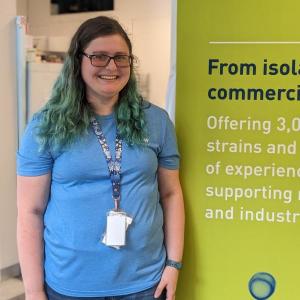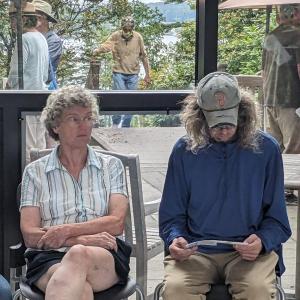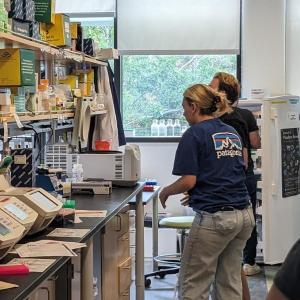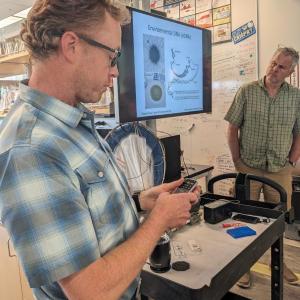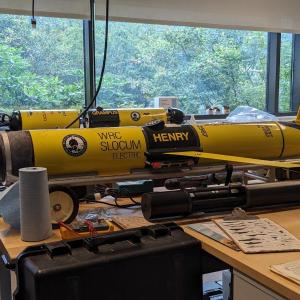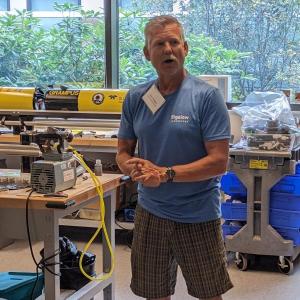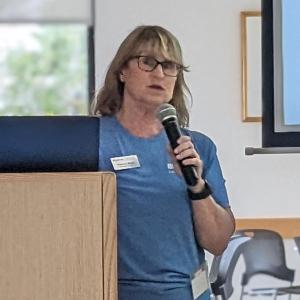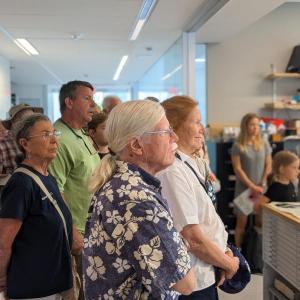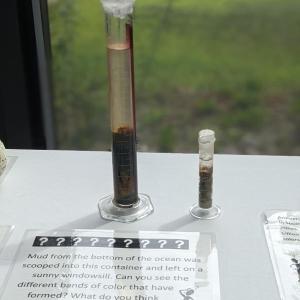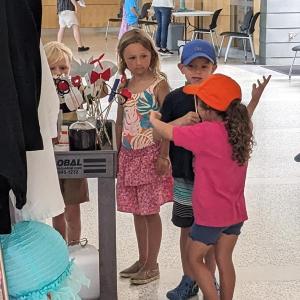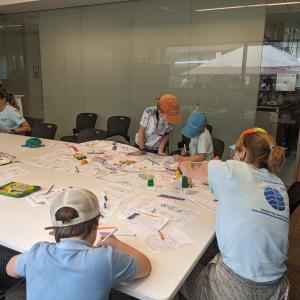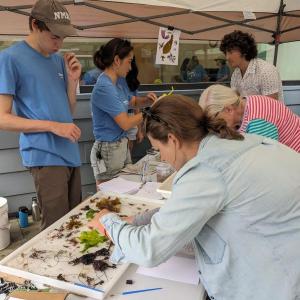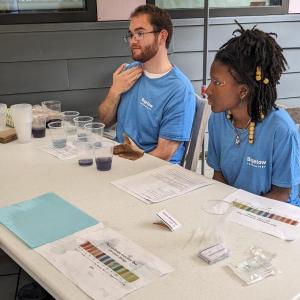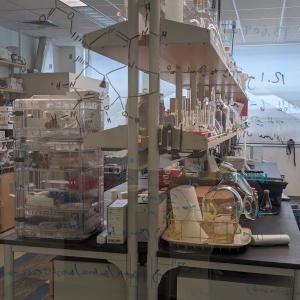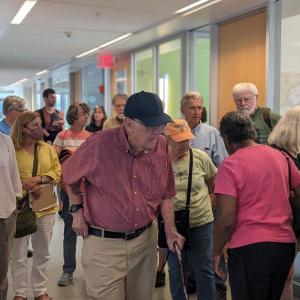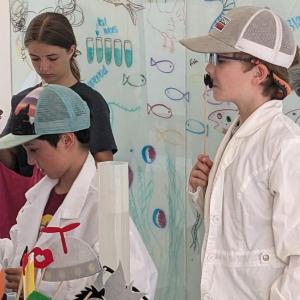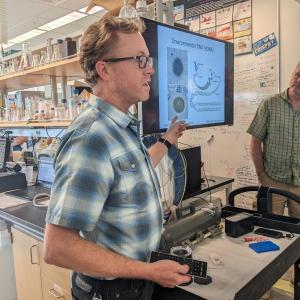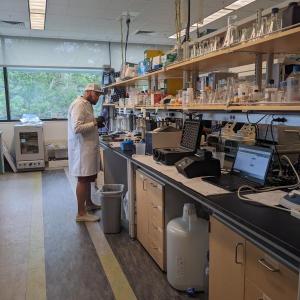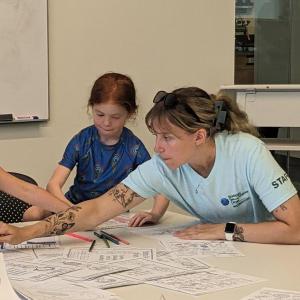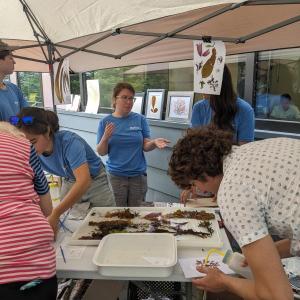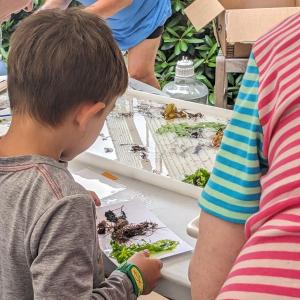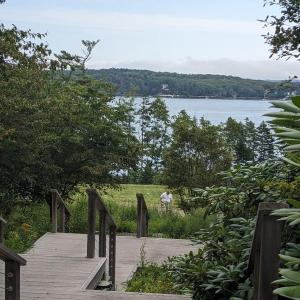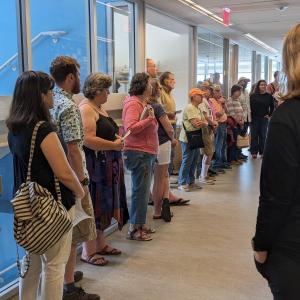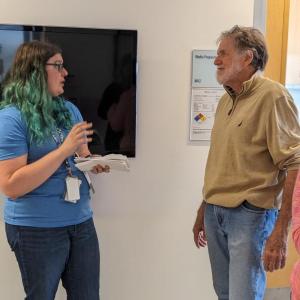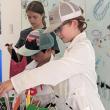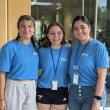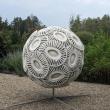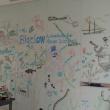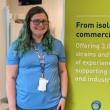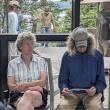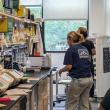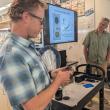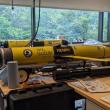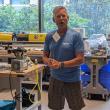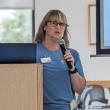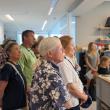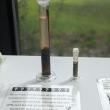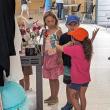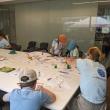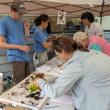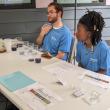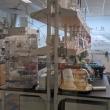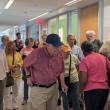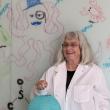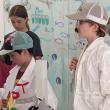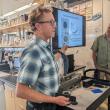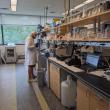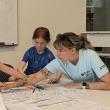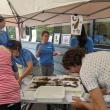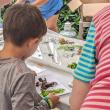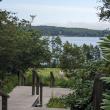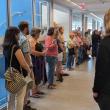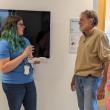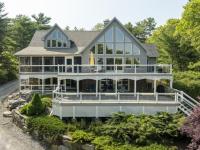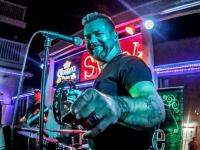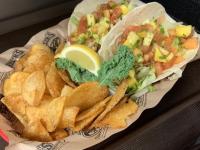Bigelow informs and entertains hundreds at annual open house
 CANDI JONETH/Boothbay Register
CANDI JONETH/Boothbay Register
 CANDI JONETH/Boothbay Register
CANDI JONETH/Boothbay Register
 CANDI JONETH/Boothbay Register
CANDI JONETH/Boothbay Register
 CANDI JONETH/Boothbay Register
CANDI JONETH/Boothbay Register
 CANDI JONETH/Boothbay Register
CANDI JONETH/Boothbay Register
 CANDI JONETH/Boothbay Register
CANDI JONETH/Boothbay Register
 CANDI JONETH/Boothbay Register
CANDI JONETH/Boothbay Register
 CANDI JONETH/Boothbay Register
CANDI JONETH/Boothbay Register
 CANDI JONETH/Boothbay Register
CANDI JONETH/Boothbay Register
 CANDI JONETH/Boothbay Register
CANDI JONETH/Boothbay Register
 CANDI JONETH/Boothbay Register
CANDI JONETH/Boothbay Register
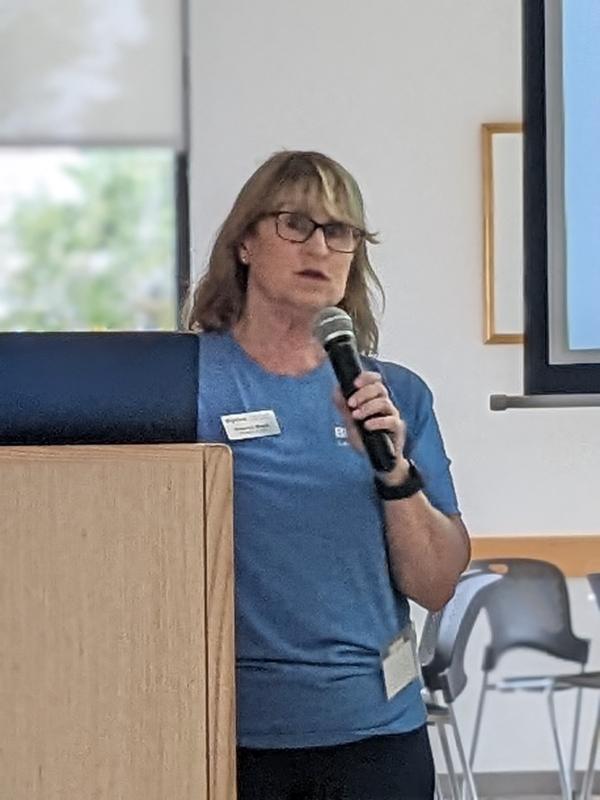 CANDI JONETH/Boothbay Register
CANDI JONETH/Boothbay Register
 CANDI JONETH/Boothbay Register
CANDI JONETH/Boothbay Register
 CANDI JONETH/Boothbay Register
CANDI JONETH/Boothbay Register
 CANDI JONETH/Boothbay Register
CANDI JONETH/Boothbay Register
 CANDI JONETH/Boothbay Register
CANDI JONETH/Boothbay Register
 CANDI JONETH/Boothbay Register
CANDI JONETH/Boothbay Register
 CANDI JONETH/Boothbay Register
CANDI JONETH/Boothbay Register
 CANDI JONETH/Boothbay Register
CANDI JONETH/Boothbay Register
 CANDI JONETH/Boothbay Register
CANDI JONETH/Boothbay Register
 CANDI JONETH/Boothbay Register
CANDI JONETH/Boothbay Register
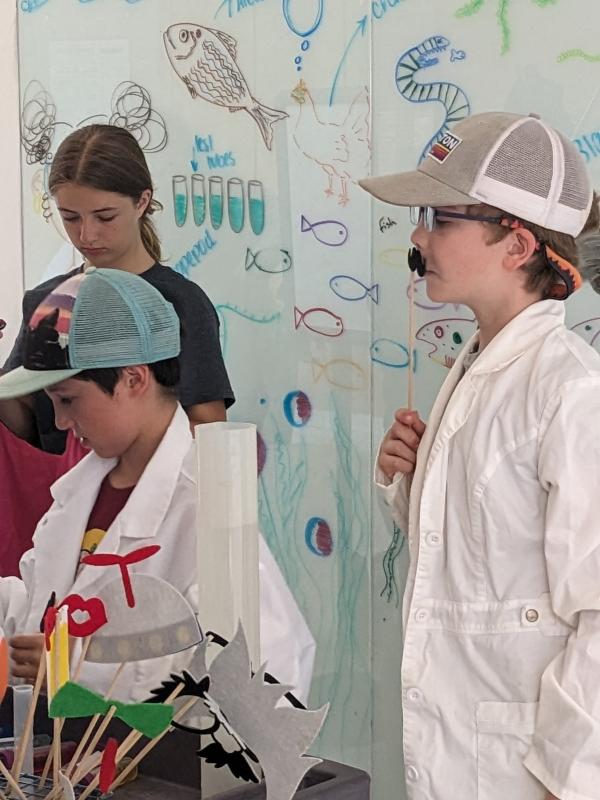 CANDI JONETH/Boothbay Register
CANDI JONETH/Boothbay Register
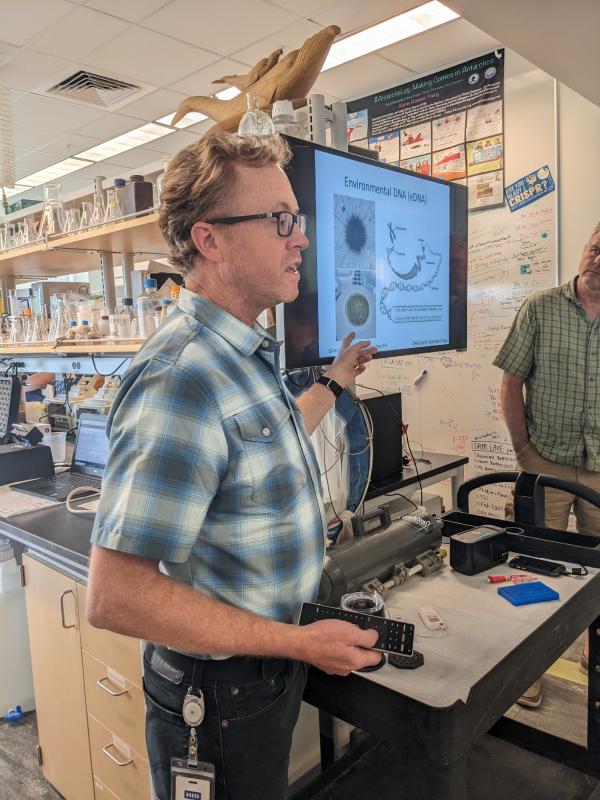 CANDI JONETH/Boothbay Register
CANDI JONETH/Boothbay Register
 CANDI JONETH/Boothbay Register
CANDI JONETH/Boothbay Register
 CANDI JONETH/Boothbay Register
CANDI JONETH/Boothbay Register
 CANDI JONETH/Boothbay Register
CANDI JONETH/Boothbay Register
 CANDI JONETH/Boothbay Register
CANDI JONETH/Boothbay Register
 CANDI JONETH/Boothbay Register
CANDI JONETH/Boothbay Register
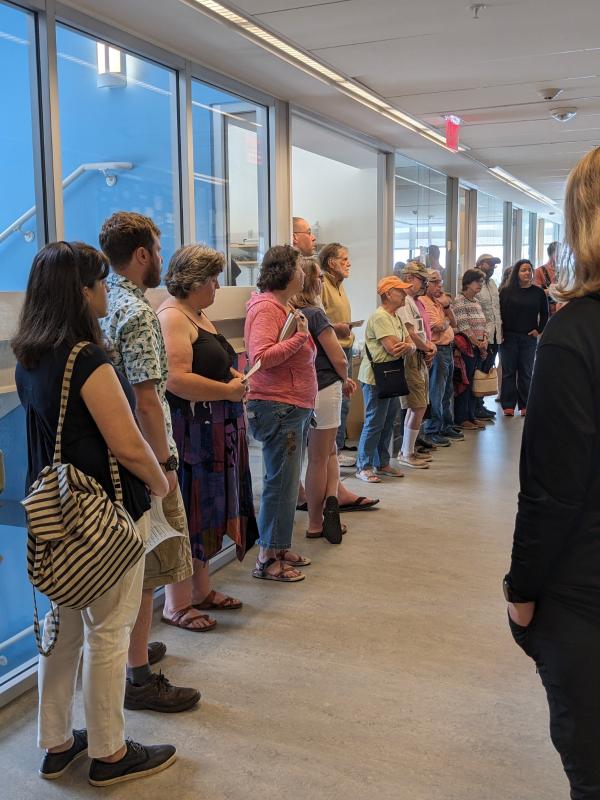 CANDI JONETH/Boothbay Register
CANDI JONETH/Boothbay Register
 CANDI JONETH/Boothbay Register
CANDI JONETH/Boothbay Register
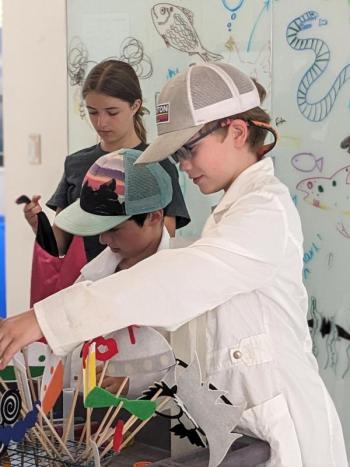 CANDI JONETH/Boothbay Register
CANDI JONETH/Boothbay Register
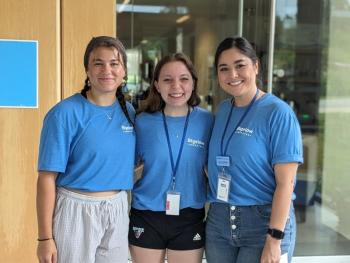 CANDI JONETH/Boothbay Register
CANDI JONETH/Boothbay Register
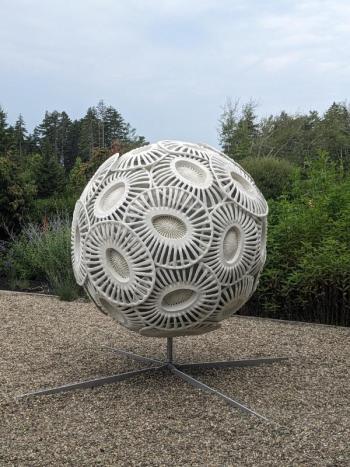 CANDI JONETH/Boothbay Register
CANDI JONETH/Boothbay Register
 CANDI JONETH/Boothbay Register
CANDI JONETH/Boothbay Register
 CANDI JONETH/Boothbay Register
CANDI JONETH/Boothbay Register
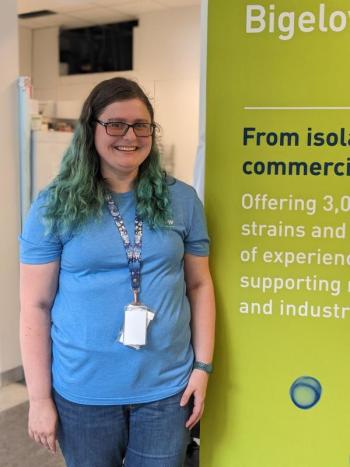 CANDI JONETH/Boothbay Register
CANDI JONETH/Boothbay Register
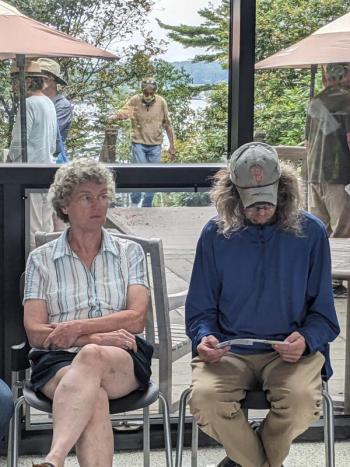 CANDI JONETH/Boothbay Register
CANDI JONETH/Boothbay Register
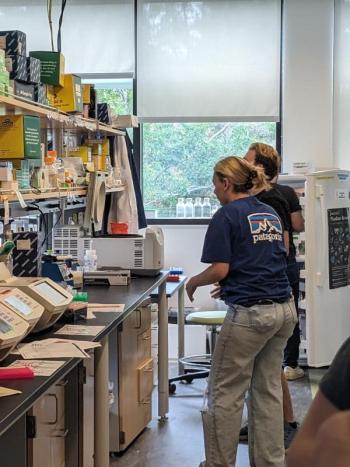 CANDI JONETH/Boothbay Register
CANDI JONETH/Boothbay Register
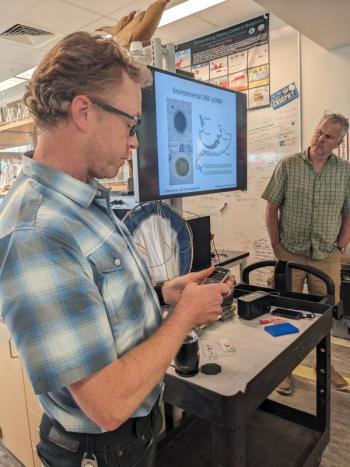 CANDI JONETH/Boothbay Register
CANDI JONETH/Boothbay Register
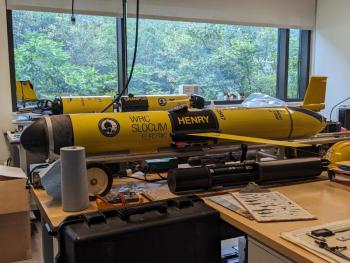 CANDI JONETH/Boothbay Register
CANDI JONETH/Boothbay Register
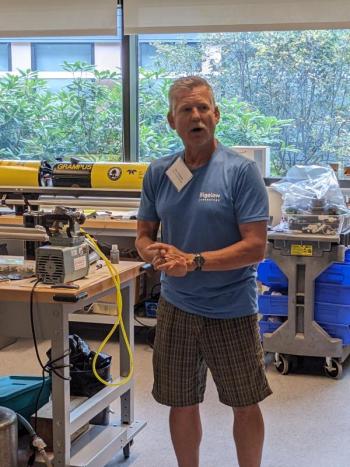 CANDI JONETH/Boothbay Register
CANDI JONETH/Boothbay Register
 CANDI JONETH/Boothbay Register
CANDI JONETH/Boothbay Register
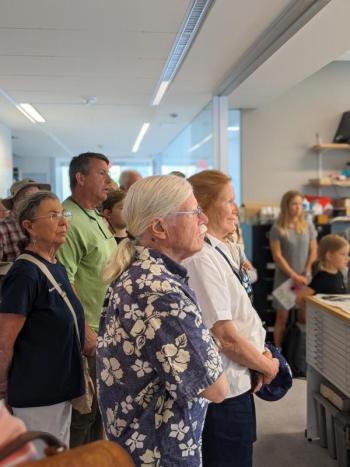 CANDI JONETH/Boothbay Register
CANDI JONETH/Boothbay Register
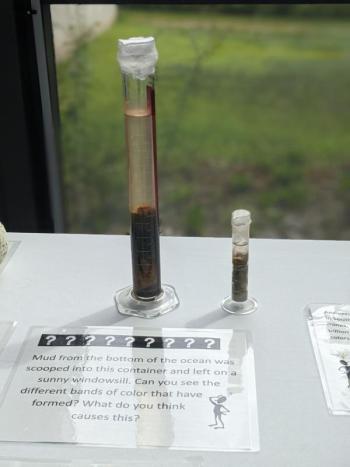 CANDI JONETH/Boothbay Register
CANDI JONETH/Boothbay Register
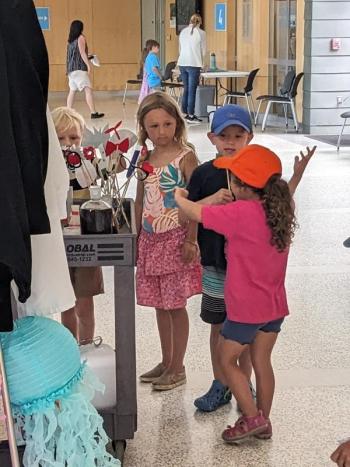 CANDI JONETH/Boothbay Register
CANDI JONETH/Boothbay Register
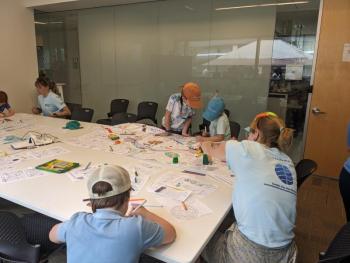 CANDI JONETH/Boothbay Register
CANDI JONETH/Boothbay Register
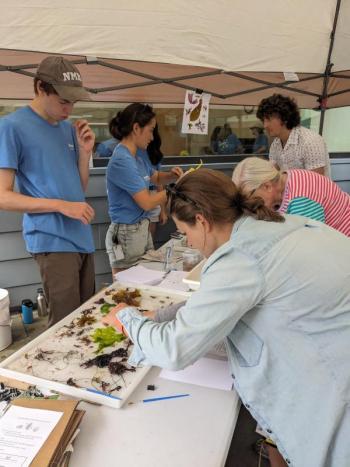 CANDI JONETH/Boothbay Register
CANDI JONETH/Boothbay Register
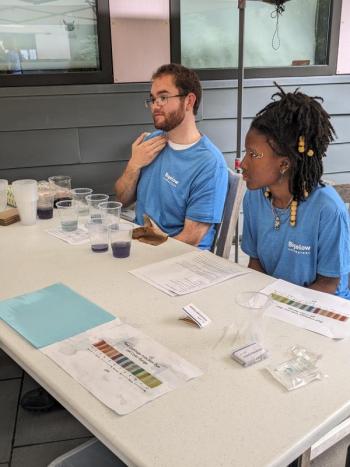 CANDI JONETH/Boothbay Register
CANDI JONETH/Boothbay Register
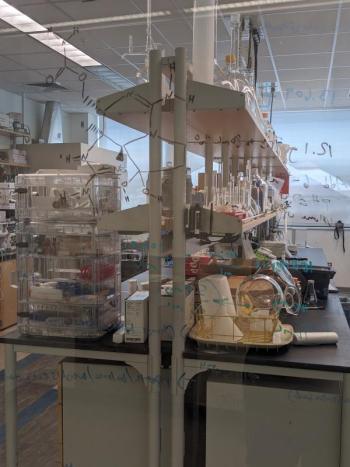 CANDI JONETH/Boothbay Register
CANDI JONETH/Boothbay Register
 CANDI JONETH/Boothbay Register
CANDI JONETH/Boothbay Register
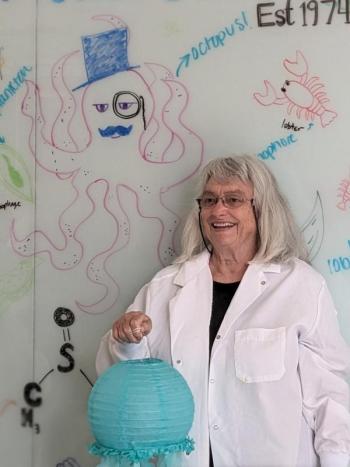 CANDI JONETH/Boothbay Register
CANDI JONETH/Boothbay Register
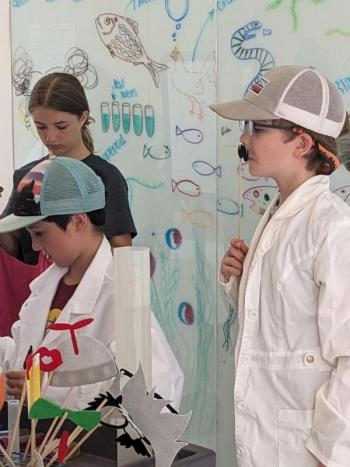 CANDI JONETH/Boothbay Register
CANDI JONETH/Boothbay Register
 CANDI JONETH/Boothbay Register
CANDI JONETH/Boothbay Register
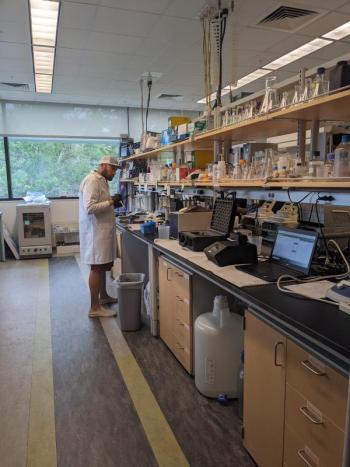 CANDI JONETH/Boothbay Register
CANDI JONETH/Boothbay Register
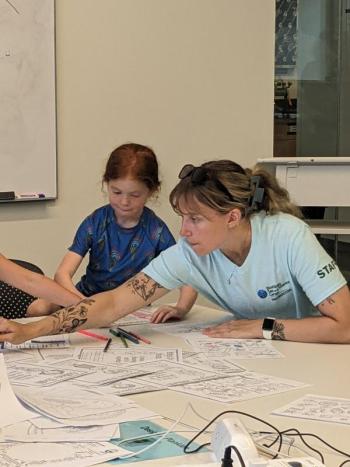 CANDI JONETH/Boothbay Register
CANDI JONETH/Boothbay Register
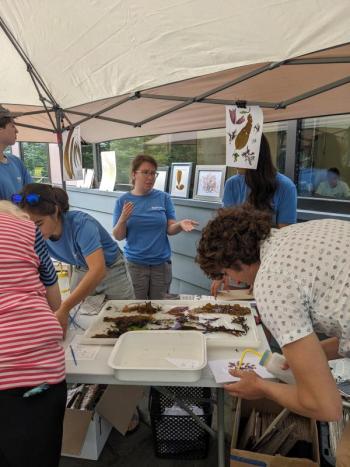 CANDI JONETH/Boothbay Register
CANDI JONETH/Boothbay Register
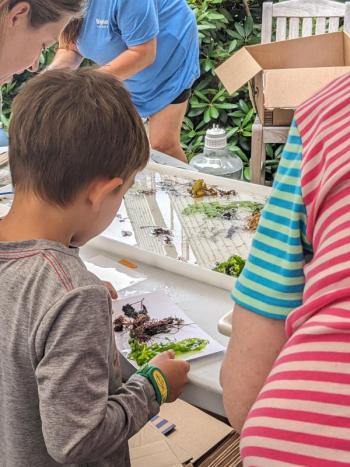 CANDI JONETH/Boothbay Register
CANDI JONETH/Boothbay Register
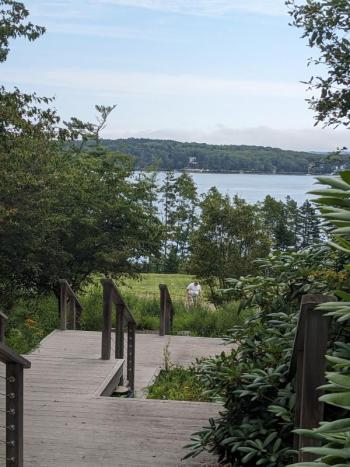 CANDI JONETH/Boothbay Register
CANDI JONETH/Boothbay Register
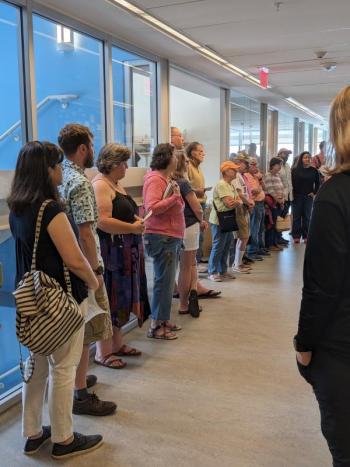 CANDI JONETH/Boothbay Register
CANDI JONETH/Boothbay Register
 CANDI JONETH/Boothbay Register
CANDI JONETH/Boothbay Register
Friday July 21, Bigelow Laboratory for Ocean Sciences (BLOS) welcomed hundreds of visitors to an open house on its East Boothbay campus. Throughout the four-hour event, staff scientists gave talks on BLOS’s popular research topics and brief tours of its state-of-the-art facilities.
Midday, BLOS Senior Research Scientist, President and CEO Deborah Bronk announced plans to construct the fourth wing of Bigelow’s campus, which will provide dedicated space and teaching labs for educational programming. The project is in the permitting stage, and $29.2 million of the $32.8 million (of which $2 million is an endowment for maintenance post-construction) funds have been raised. Bronk is optimistic groundbreaking will occur this October, and construction will conclude in February 2025.
“This will be a resource the entire community can use,” said Bronk. Further construction plans call for an extension of the great hall. Bronk would love to see a rotating art gallery concept, to show off the region’s rich art culture. She said there will be plenty of wall space. Presently, there is meeting/retreat space on campus for use by other nonprofits. “I’m afraid not a lot of people know we have that to offer.” And post construction, event space will include a facility for up to 300 visitors.
Bronk shared that BLOS has about 116 full-time staff members, and that 75% of its annual revenue comes from grants and contracts, 20% from philanthropy, and 5% from services. The services segment is growing and was over $1 million last year, primarily through patent storage services.
She said about 360 students came through BLOS in 2022, up from roughly 45 in 2010. The BLOOM program brings in high school juniors from all 16 counties in Maine for a one-week, onsite science camp; 70% of BLOOM alumni go on to study STEM (Science, Technology, Engineering and Mathematics) and 83% of them choose to work in Maine. The BLOOM program also teaches educators who go back to their schools and communities to share their learning.
During the open house, it was business as usual for BLOS employees who worked in the background, providing eventgoers a rare glimpse into the work life of research scientists.
In all, staff scientists gave talks on six topics including “The Flow of Science” by Dr. Nicole Poulton, senior research scientist, phytoplankton ecologist, and director of the Center for Aquatic Cytometry (the measurement of the properties of cells) on advanced techniques for studying oceanic microbes.
Dr. Rachel Sipler, senior research scientist and Center for Water Health and Humans director, presented “Human Health in the Boothbay Region,” addressing watershed health – including pollution threats to local waterways. Her research, in both the lab and field, focuses on water treatment efforts to offset geochemical drivers of decreased growth efficiency in larval shellfish production, her bio reads.
Dr. Maya Groner, senior research scientist, is a quantitative disease ecologist who uses mathematical modeling to quantify disease risk in marine populations and ecosystems. In her talk, “Ecology of Marine Diseases,” she spoke of using these models to inform fisheries, aquacultures and managers of wild ecosystems.
Kristin Heidenreich, an associate curator, spoke of BLOS’s National Center for Marine Algae and Microbiota which stores the world’s largest and most diverse collection of marine phytoplankton.
Dr. Peter Countway, a microbial ecologist and senior research scientist, gave a talk titled “The DNA Around Us” building upon the audience’s familiarity with PCR (polymerase chain reaction) testing from COVID 19; he demonstrated how this three-step cycle helps scientists determine species’ counts and diversity and spot disease in fresh and saltwater samples. BLOS uses eDNA (environmental DNA) to detect the presence of invasive fish, track great white sharks and, in one study, determine if sturgeon had repopulated a river above a dam site. He said researchers in Scotland used the same process to look for trace evidence of a dinosaur DNA in Loch Ness (aka, the Loch Ness monster). No evidence was found.
Dave Drapeau, senior research associate, introduced Henry and Glampus, Bigelow’s autonomous underwater vehicles (AUV) used in conjunction with the National Aeronautic and Space Administration (NASA) to study water color in the Gulf of Maine. Henry was named after BLOS founder Henry Bigelow and Grampus was the name of the schooner Henry Bigelow used for early research. They operate by changing buoyancy as opposed to propellers, by adjusting their weights internally with lead BB’s. Grampus’ hull is made of carbon fiber allowing it to reach greater ocean depths. Data collected from Henry and Grampus, CTD (conductivity/salinity, temperature and depth) shows water in the Gulf of Maine has gotten warmer and fresher since the research began in 1998. Drapeau explained, the gulf’s deep water is warming at a faster rate than surface water and the deeper water is higher in salinity.
Art activities, a treasure hunt bingo challenge, photo booth and several hands-on experiments were offered for younger science enthusiasts. Collin Sheehan, marketing and communications manager, said seeing children excited about science is the greatest reward from the open house events. “Seeing this place full of life, enthusiasm and excitement, that’s why open house is important. That’s what it means to Bigelow and the community.”



